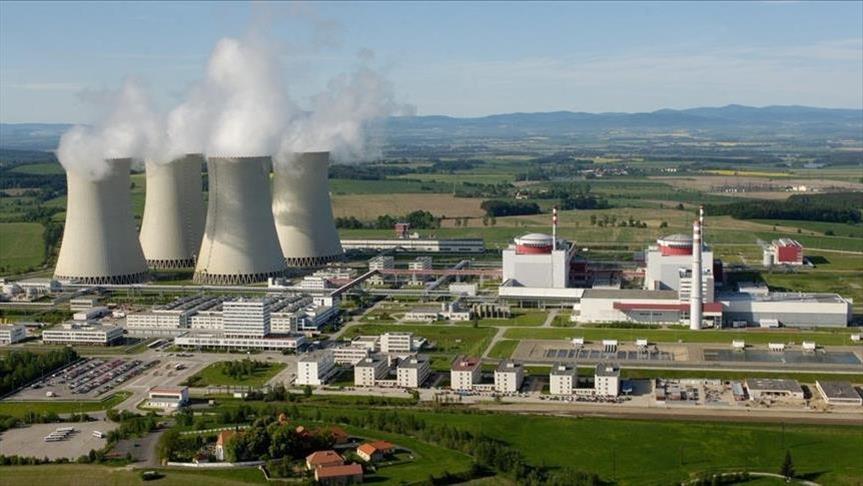Japan’s liquefied natural gas imports in the first half of the year dropped to the lowest since the 2011 Fukushima nuclear disaster as reactor restarts and mild weather cut demand for the fuel. The world’s biggest buyer of LNG purchased 38.59mn tonnes in January-June, down 8.2% from the same period last year, the biggest semi-annual drop since 2009, according to preliminary data from the ministry of finance. The slump in imports comes amid an uptick in atomic and renewable output, and as mild summer temperatures limit seasonal demand. After the Fukushima triple meltdown, Japan LNG imports jumped nearly 20% as the nation’s nuclear fleet was forced to shut amid safety reviews. But from there gas demand has stagnated, and as more reactors slowly return and renewable generation grows, stalwart LNG buyers like Kyushu Electric Power Co and Kan- sai Electric Power Co have limited spot purchases. “We are forecasting a general decline in LNG usage as more nuclear plants restart and as more solar and wind capacity comes online,” Zhi Xin Chong, a Singa- pore-based analyst at IHS Markit, said by e-mail. “The main uncertainty is always weather. In Japan, summer thus far has also appeared to be fairly mild.” Utilities have restarted nine of the nation’s 37 operable reactors under post- Fukushima safety rules, producing 19.7 terawatt-hours worth of electricity in the first three months of the year. That is almost 3-fold the atomic output over the same period last year. Despite the drop in LNG imports, Japan is still likely to retain the title as world’s biggest buyer of the fuel. China – the world’s second largest buyer – imported 23.9mn tonnes in the five months through May, putting it on track to import more than 57mn tonnes compared with projected 77mn tonnes for Japan.
Japan LNG imports hit post-Fukushima low as reactors restart

Related tags :


